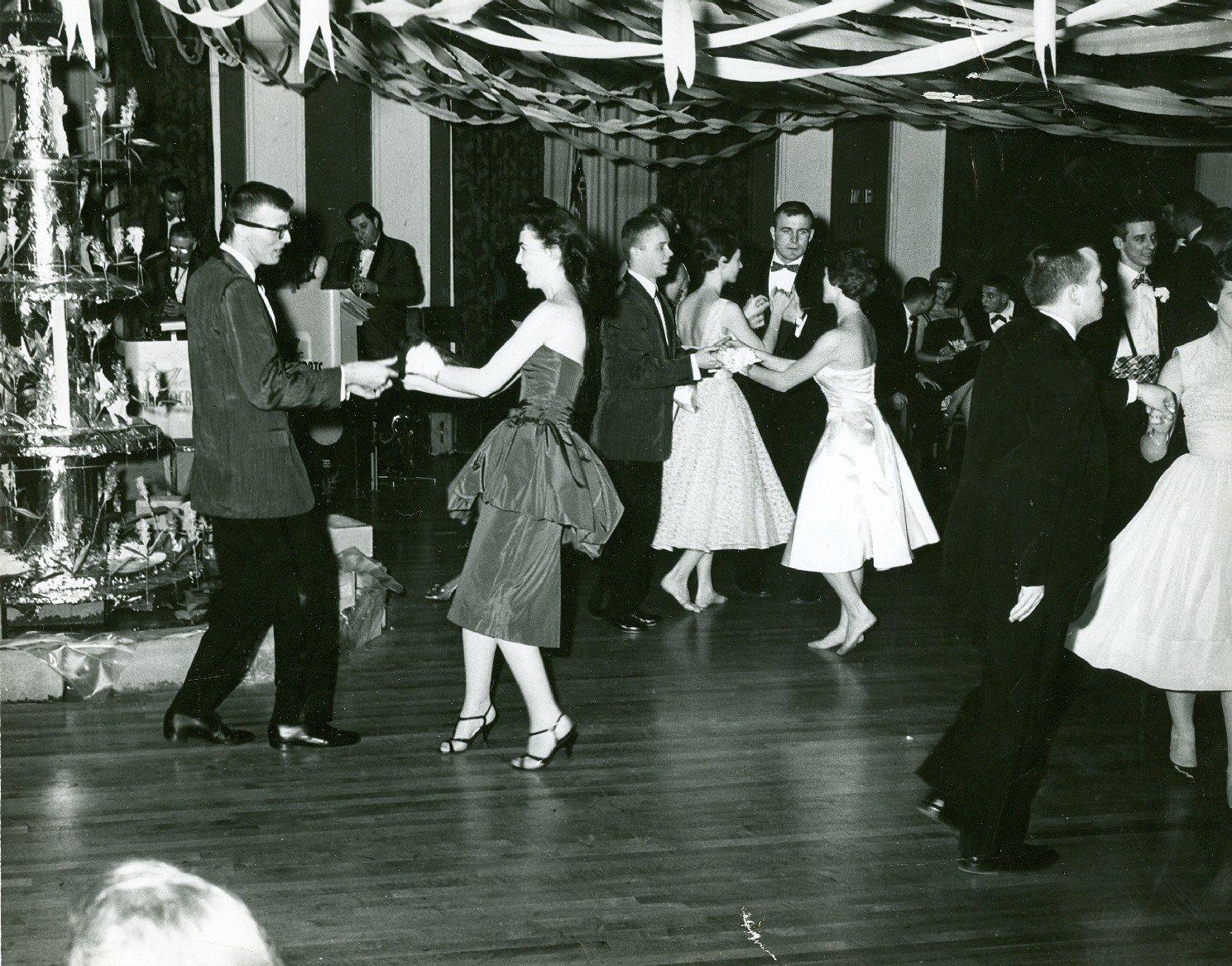
The History
Since it’s founding in 1834, the Fraternal Society has strived to create a membership organization designed for mutual good. A brotherhood of few members who embrace the values of friendship, love and truth.
Our Mission
The mission of the Fraternal Society is to willfully suspend ourselves into the balance of spiritual, mental, physical and emotional capacity by upholding the standards of the founding members. This includes enriching new members of Fraternal with the ways of brotherhood, maintaining a tradition of leadership and excellence, and abiding to the guiding faith of friendship, love and truth to our members. The portrayal of our everlasting strength will shine eternally through to our members, our friends and community, and most importantly to our history of founding brethren.
Pledge paddles from different eras
History
The Fraternal Society was established in 1834 at Union College in Schenectady, New York. After prospering for 25 years, it was disbanded when the active members joined the national fraternity, Alpha Delta Phi.
In 1863, Rev. Philip Phelps Jr., a Fraternal alumnus and then president of the Holland Academy, re-activated the Fraternal Society. Two years later the academy became Hope College, with Rev. Phelps as its president.
Rev. Philip Phelps Jr.
The Fraternal Society's presence and influence in the community are widespread. Many college buildings and public places bear the names of prominent Fraternal members. Fraternal alumni have distinguished themselves as Hope College presidents, vice-presidents, registrars, trustees, and faculty and staff members.
Other alumni include A.J. Muste, a leading social activist in the labor movement of the 1930s and 40s; Dr. James Poppen, neurosurgeon; Mayo Hadden, retired admiral of the U.S. Navy; William Wichers, Knight of the Orange; John Kuizenga, eminent theologian; James Bultman, president emeritus of Hope College; and Arend Lubbers, president emeritus of Grand Valley State University.
However, just as important are the hundreds of Fraters around the country and world who support our goal of brotherhood. The love of Fraternal is undying, the friendship of Fraternal is enduring. and the strength of Fraternal is unchallengeable.
“It’s amazing how well these Fraters turn out.”
— Gordon Van Wylen, Ph.D, ninth president of Hope College
Frater Facts
Seven of Hope College's 14 presidents have been members of the Fraternal Society.
Rev. John E. Kuizenga, Class of 1899, is the author of The Frater Song. He was valedictorian and a graduate of Western Theological Seminary. Harris Meyer, Class of 1916, wrote the music. He was the owner of Meyer Music House in Holland.
The Allan C. Kinney Award has been presented annually since 1971 by the Hope College football coaches. It's awarded to the senior player for maximum contribution to the football program. The award honors the memory of Frater Allan C. Kinney, a member of the Hope College football team. He died of cancer his senior year in 1967.
The OKE stone tablet was presented to the fraternity by Paul E. Hinkamp Jr. '49 in 1967. It contains stones from all over the United States and the world..
The bronze bust of George Washington was given to the fraternity in 1955 by Mrs. Della Steininger, housemother of Durfee Hall. Her husband won it in an oratory contest.
The renowned Frater Frolics variety show began in 1941. A poster from 1952 survives.
The annual Christmas party for underserved children in the Holland community was started in 1966. (Earliest reference.)

